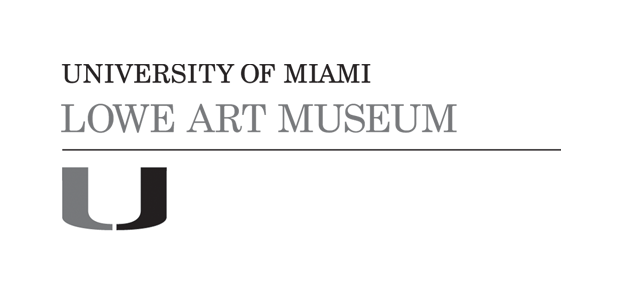The Ozymandias Colossus at the Ramesseum
Artist/Maker
Artist Unknown
(Artist Unknown)
Datelate 19th to early 20th century (printed 1992)
CultureEgyptian
Mediumgelatin silver print
DimensionsSight: 9 5/8 x 11 7/8 in. (24.4 x 30.2 cm)
Mat: 20 x 16 in. (50.8 x 40.6 cm)
Mat: 20 x 16 in. (50.8 x 40.6 cm)
ClassificationsVisual Works
Credit LineMuseum purchase
Terms
Object number2006.34.2.8
On View
Not on viewCollections
Adelphoi Zangaki
ca. 1860-1889 (printed 1992)
Artist Unknown
late 19th to early 20th century (printed 1992)













